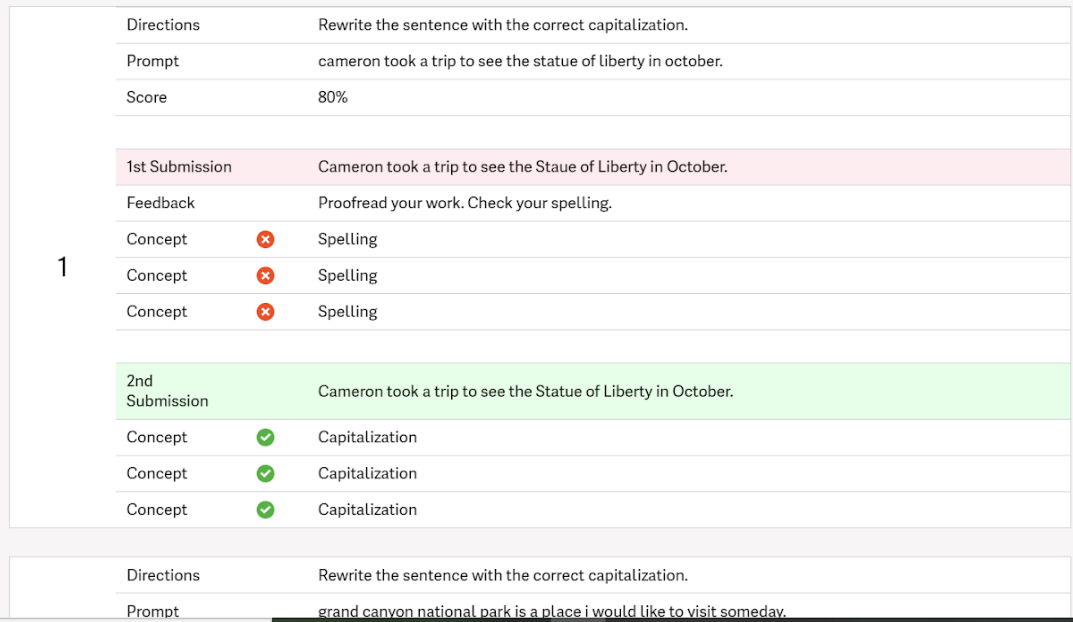Have you ever had an earworm? According to Wikipedia, earworms are also known as sticky music or stuck song syndrome. This past summer I had a loop of 80’s sitcom theme music stuck in my head thanks to some clever remixes used in popular commercials. The most notable were the themes from “Welcome Back, Kotter” and “Where Everybody Knows Your Name” from “Cheers.” Both had such simple messages! I decided to take the advice playing over and over in my head and welcome everyone back. And, to quote a line from the Cheers theme, “Sometimes you want to go where everybody knows your name, and they’re always glad you came.” That’s what I wanted all my students to feel when they returned.
Where I work in North Carolina, only 5% of ELL students exited the program last year. This is a stark drop from previous years where the exit rate was around 35%. These are the students who need the most support and affirmation. Building relationships and the social and emotional connections have to be established before learning can take place. Strong relationships are key to successful learning. Another consideration is that students need to relearn how to “do school.” After 18 months of accessing classes remotely in their bedrooms, tuning in or not tuning in, the simple routines of school have been turned upside down. We all have to make adjustments. Here are six tips to help your ELL’s get back on track.

Get to know your students.
The first focus should be on language and peer interaction. This is a great way to also incorporate SEL! Use a quick check-in question everyday and make sure that you speak to everyone. Keep it fun and light, but you may be surprised what you can learn in a short interaction. Some of my favorite questions are: What weather word describes how you feel today? (This could easily be an impromptu vocabulary lesson too.) Who is your favorite superhero and why? (A heated debate may break out for that one!)

Other fun ways to incorporate SEL are the “would you rather” questions. These are easily found on the internet, but here are 225 questions to get you started. Ice breaker type activities can also be used during transitions or when you find extra time at the end of a class period. Right before Labor Day weekend, we had extra time at the end of the last class of the day. So I brought up the tradition of a cookout or barbecue on the holiday. Someone asked me if I liked hamburgers or hot dogs best so we decided to see how they stacked up against each other. I asked each student which is better, hot dogs or hamburgers. I kept a tally on the board. You would be surprised how strongly they felt about their choice. Great discussions took place as they tried to convince each other why their choice was best. More Icebreaker activities can be found here.
Incorporate authentic writing.
This can be done as a weekly reflection or a journal entry. Prior to the pandemic, I would give students composition books for journals and have them respond each day to a question. Google classroom makes this activity easy, no composition books required. The important part of this activity is for you to respond to their answer in writing by asking questions or for clarification. This gives you a topic for a follow up with a conversation and another way to make a personal connection. You can see a walkthrough of how to set a version of this up in your class over at Chromebook Classroom.

Parent and student Communication.
We already know that parent communication can be key to a student’s success at school. Find out the best way to communicate with parents. Take advantage of the translation software that’s available. Talking Points and WhatsApp are available. My school district uses Talking Points and it’s a great way to get information out to parents. Be sure to communicate successes, not just problems. I also started using Google Voice during the pandemic, and I still use it to communicate with both parents and students. In the last month, my students have let me know that they would miss class because of a doctor appointment, so I was able to give them their make-up assignment in advance. Another let me know they had overslept and were on their way to school. (Actually, the text read: “I’m otw I overslept.”)
Target specific skills.
Quill.org is a free online resource that provides targeted writing and grammar practice for all students and all ages based on a diagnostic assessment. It has 3 levels of assessments: starter, intermediate, and advanced for both native English speakers and ELL’s. Using the diagnostic information, lessons can be assigned for additional practice in the areas where it’s needed.

One small caveat about this resource is that the students have to retype the sentence EXACTLY as written. For example, if the sentence is: “sally went to the beach.” and the student types “Sally went to the beach” without the period. The sentence will be marked as incorrect even though the targeted skill was capitalization. I have to keep reminding my students that this is the case. The students are allowed multiple attempts. Here’s a look at a response where a word in the sentence was misspelled.

Differentiated instruction.
Have high expectations but offer differentiated instruction to help students get back on track in school. This article from Colorín Colorado provides some great strategies such as ongoing assessments, flexible grouping, differentiated homework assignments, and making content comprehensible.
In my article ESL for Newbies, you can find five more ways to support the ELLs in mainstream classes including how to write directions and ways to check for understanding. For more literacy ideas, my Multilingual Literacy article has more strategies for vocabulary, grammar, and ways to build background knowledge.

Have fun.
While language learning (especially grammar) can be boring, there are ways to incorporate some fun activities into your classes. A fun activity for learning and using parts of speech is Mad Libs. You can use this online Mad Lib generator from Glow Word Books that only uses nouns, verbs, and adjectives. I especially like that Mad Libs makes you think about the part of speech by also using plurals and different verb tenses without specifically discussing verb tenses. If you would prefer printables, there are printable versions at ReadBrightlyThe fun is then when the students share their crazy story to the rest of the class. A good follow up discussion is why the students choice of words didn’t work in the story. Other fun resources include the games Kahoot or Quizizz.
Another lyric from the “Cheers” theme is “Making your way in the world today takes everything you’ve got” can’t be any truer than right now. If we can make school feel like a place that “you want to go where everybody knows your name and they’re always glad you came,” we can help our students get back on track and feel confident again.



